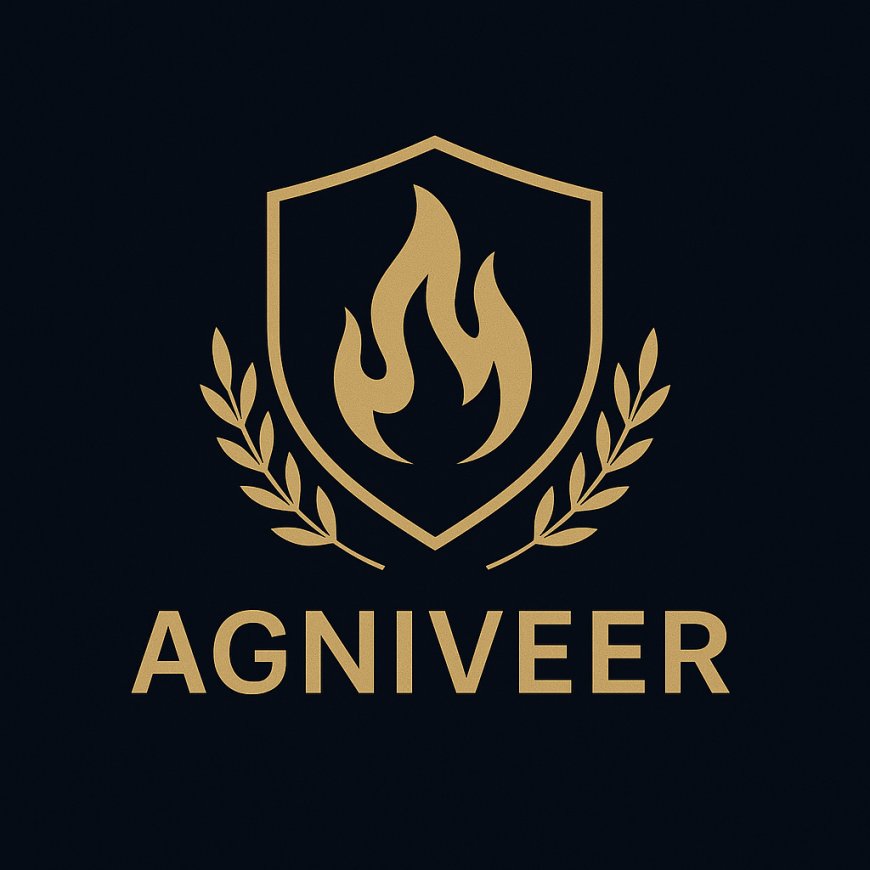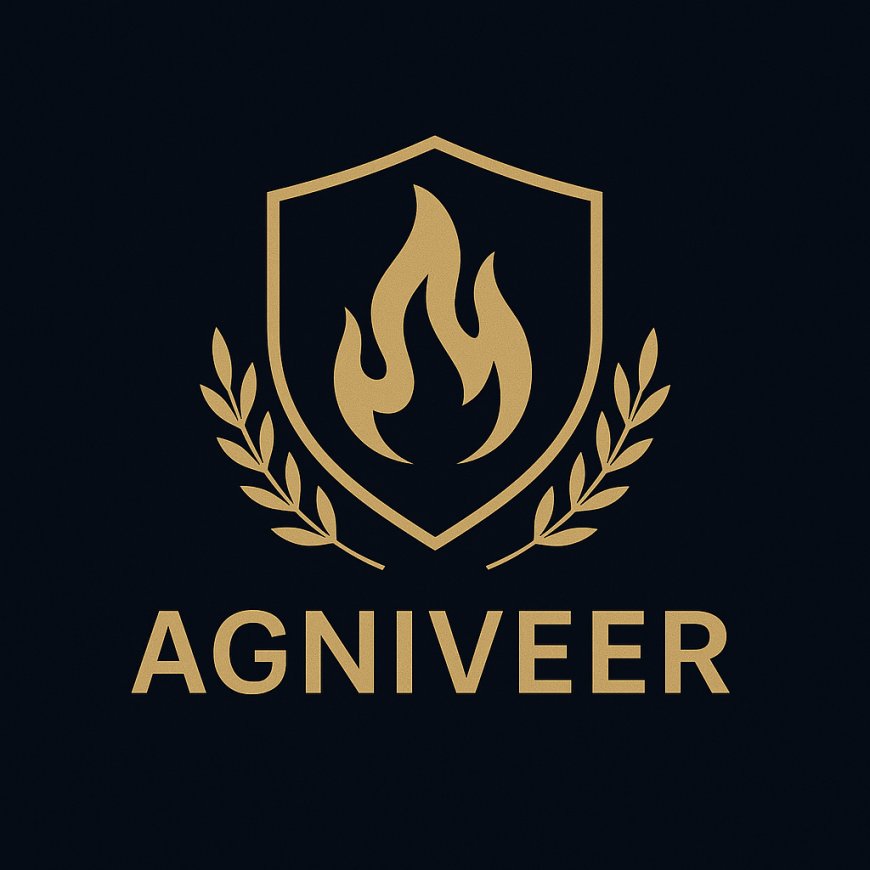FULL FORMS RELATED TO COMPUTERS
AFA – All-Flash Array
-BIOS – Basic Input Output System
-BYTE – Storage Unit
-CPU – Central Processing Unit
-HDD – Hard Disk Drive
-LCD – Liquid Crystal Display
-OS – Operating System
-PC – Personal Computer
-PDF – Portable Document Format
-RAID – Redundant Array of Independent Disks
-RAM – Random Access Memory
-RDMA – Remote Direct Memory Access
-ROM – Read Only-Memory
-SATA – Serial Advanced Technology Attachment
-SSD – Solid State Drive
-VGA – Video Graphics Array
-COMPUTER – Commonly Operated Machine Used for Trade or Technology, Education and Research
-AAC – Advanced Audio Coding
-AI – Artificial Intelligence
-ARPANET – Advanced Research Projects Agency Network
-ALU – Arithmetic Logic Unit
-ALGOL – Algorithmic Language
-AOL – America Outline
-API – Application Program Interface
-APT – Automatically Programmed Tooling
-ARP – Address Resolution Protocol
-ASP – Active Server Pages
-ATM – Asynchronous Transfer Mode
-AUI – Attachment Unit Interface
-AT – Advanced Technology
-ASCII – American Standard Code for Information Interchange
-AVI – Audio Video Interleave
-BCC – Blind Carbon Copy
-BASIC – Beginner’s All-Purpose Symbolic Instruction Code
-BPS – Bytes Per Second
-BCD – Binary Coded Decimal
-B HTML – Broadcast Hypertext Markup Language
-BIU – Bus Interface Unit
-BMP – Bitmap
-B2C – Business to Consumer
-B2B – Business to Business
-CUI – Character User Interface
-CSS – Cascading Style Sheets
-CPI – Clock/Cycle Per Instruction
-CC – Carbon Copy
-CAI – Computer-Aided Instruction
-CDMA – Code Division Multiple Access
-CRT – Cathode Ray Tube
-COBOL – Common Business Oriented Language
-CISC – Complex Instructions Set Computers
-CADD – Computer-Aided Design in Drafting
-CAD – Computer-Aided Design
-CD – Compact Disk
-CD RW – Compact Disk Rewritable
-CMD – Command
-CD ROM – Compact Disk Read Only Memory
-CROM – Computerised Range of Motion
-CAM – Computer-Aided Manufacturing
-DAT – Digital Audio Tape
-DNA – Distributed Internet Architecture
-DDR – Double Data Rate
-DPI – Dots Per Inch
-DDR-SDRAM – Double Data Rate-Synchronous Dynamic Random Access Memory
-DML – Data Manipulation Language
-DOS – Disk Operating System
-DOC – Date Optimising Computer
-DHTML – Dynamics Hypertext Markup Language
-Doc – Document
-DVD – Digital Versatile Disk
-DVI -Digital Visual Interface
-DDL – Data Definition Language
-DRAM – Dynamic Random Access Memory
-DBMS – Database Management System
-DVDR – Digital Versatile Disk Recordable
-DVDRW – Digital Versatile Disk Rewritable
-DVR – Digital Video Recorder
-DARPANET – Defence Advanced Research Project Agency Network
-E-Commerce – Electronic Commerce
-EDGE – Enhanced Data Rate for GSM Evolution
-EDI – Electronic Data Interchange
-EDP – Electronic Data Processing
-FS – File System
-FTP – File Transfer Protocol
-FORTRAN – Formula Translation
-FDD – Floppy Disk Drive
-FDC – Floppy Disk Controller
-ENIAC – Electronic Numerical Integrator and Calculator
-EDSAC – Electronic Delay Storage Automatic Calculator
-EDVAC – Electronic Discrete Variable Automatic Compute
-EB – EXAByte
-EiB – EXBIByte
-EROM – Erasable Read-Only Memory
-EPROM – Erasable Programmable Read-Only Memory
-EEPROM – Electrically Erasable Programmable Read-Only Memory
-E-Mail – Electronic Mail
-EFS – Encrypted File System
-FAT – Find Allocation Table
-FPS -Frames Per Second
-FLOPS – Floating Point Operations for Second
-FM – Frequency Modulation
-GB – GigaByte
-GiB – GIBIByte
-GIGO – Garbage in Garbage Out
-GHz – Gigahertz
-GIF – Graphics Interchangeable Format
-GDI – Graphical Device Into
-GPRS – General Packet Radio Service
-GUI – Graphical User Interface
-GBPS – Gigabytes/Gigabits Per Second
-3GP – 3rd Generation Project
-3GPP – 3rd Generation Partnership Project
-GML – Geography Markup Language
-GSM – Global System For Mobile Communication
-IBM – International Business Machines
-IC – Integrated Circuit
-IO – Input Output
-IOP – Input Output Processor
-IPV6 – Internet Protocol Version 6
-IPV4 – Internet Protocol Version 4
-IP – Internet Protocol
-INFO – Information




